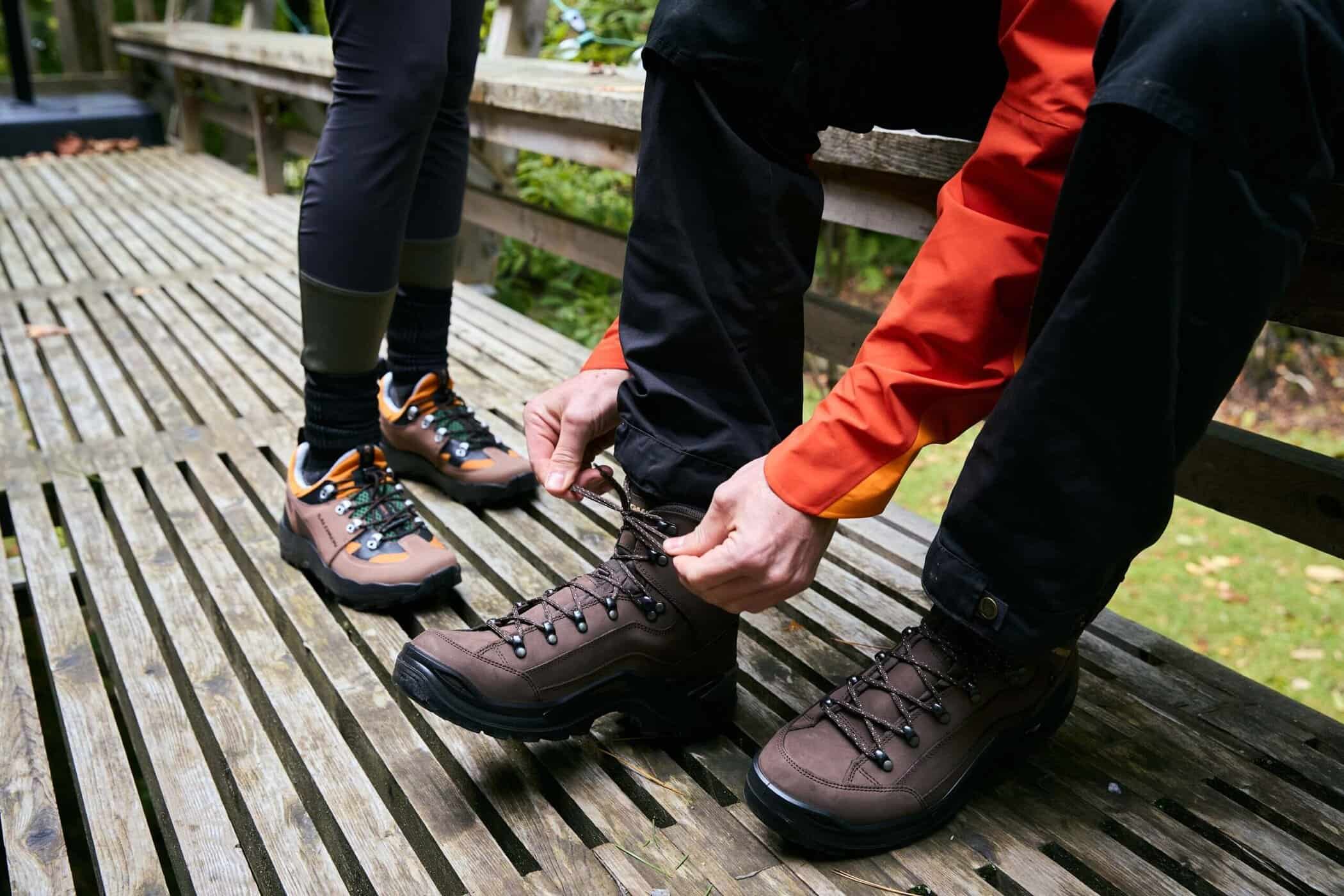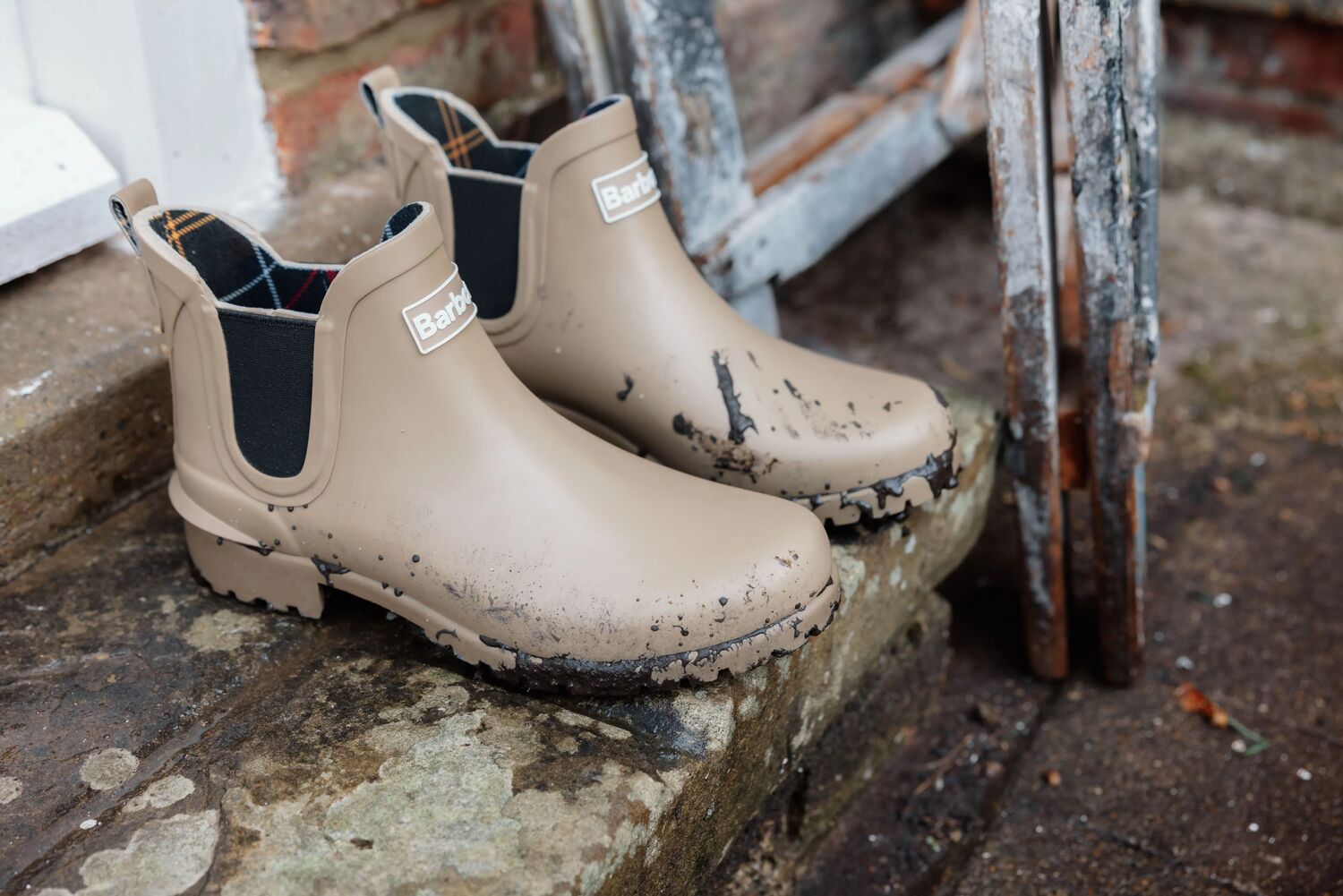Here’s to the adventurers that don’t let cold weather and the change of the seasons keep them inside and away from exploring the great outdoors. Unless it is pouring down with rain like a monsoon or snowing sideways that they cannot even see their own hand right in front of their face, they’re out there. Whether it be winter camping in -40°C, ice-climbing on a frozen waterfall or playing in rapids in a river kayak while the rain falls, these people are equipped and keen for adventures no matter what the weather is (to an extent obviously) and you can be too.
So you love hiking but summer is slowly transforming into autumn, then before you know it, it’s winter and the peaks are covered, do people still go hiking? The answer is yes! Of course, they do and they love it because it’s great. The first rule for winter hiking, like any activity, is to be prepared. You need to have the appropriate gear and the adequate knowledge to ensure your safety and the safety of others around you. Here’s what you need to know for prepping for a winter hike.
Check the Weather
Firstly and most importantly when prepping for a winter hike, check the weather. If there’s a big storm rolling in on the radar, make the safe and smart decision and take a rain-check. Sometimes Mother Nature can put her own twist on outdoor plans and she will always win so don’t fight her no matter how badly you want to just say ‘whatever’ and go anyway.
Check the weather as often as you can and be prepared for any unexpected changes in the weather. You’re in the mountains and at the mercy of Mother Nature so be smart and be aware.
Bring the Proper Gear
You wouldn’t show up to soccer practice without your shin pads so don’t head out on a hike without the appropriate gear. Pack for the worst and hope for the best.
When you’re prepared, unfortunate events become less unfortunate and sometimes, if you’re lucky, they become nothing more than a mere hiccup in your adventure plans. So bring a fully charged headlamp, pack an extra sweater and dry socks if you have the room and for heaven’s sake, bring a sufficient amount of food and liquids to fuel your body for the duration of the hike.
Here are a few good pieces to always keep in your pack when you plan to venture out for a hike whether it be in the winter or not:
|
|
While out hiking in all weather dehydration is always a possibility so you want to make sure you drink more than enough water throughout the journey. On a winter hike, pack along a small and light thermos full of hot cocoa or tea or a small, portable stove and the supplies needed to make it on the go. Take the opportunity for a short but pleasant break and warm yourself up with a warm cup of something sweet.

Stanley Master Vaccum Bottle 1.4qt |

Suunto Compass MB-6 |

Black Diamond Storm Headlamp |

Adventure Medical Kits Sportsman Steelhead First Aid Kit |

Experience and Knowledge
Hiking is a fun activity and is easily accessible to most anyone but doesn’t mean that it is for everyone. If you are going to head out on a winter hike with a friend or two, make sure you are picking experienced friends. It should be at the back of your mind that at any point in your trip should things turn for the worse, will Jim have your back? Can you rely on Jim to save you in a sticky situation and vice versa?
Once again, exploring the outdoors is fun and can be very easy but as an explorer, you have to be well-educated and aware of the dangers that could arise. Pick your adventure buddies wisely and pick your terrain wisely.
Layers Are Your Friend For Winter Hikes
It’s easy enough to peel off a layer when you’re too hot but it can be difficult to get warm once you have caught a chill so dressing in layers is key. You’re always better off to be too warm than too cold.
The idea for layering is to obtain a constantly balanced body temperature. In order to achieve this, you need to add and remove layers as the day goes on or should the weather change. It may be very warm and sunny at the start of your hike in the valley but as you reach the summit, the temperature can drop and clouds can roll in.
Not everyone has a gigantic hiking pack so packing layers has to be done wisely but thanks to the outdoor industry for continuously producing new, innovative products, it’s gotten easier. Almost every brand has their own version of a pack-able, insulated jacket whether it be down or synthetic so the possibilities are endless.
Softshells are ideal layers for hiking because they are lightweight, flexible and highly breahtable. This helps provide the warmth you need while also encouraging adequate air flow so you don’t over heat. Because softshells generally aren’t fully waterproof, a waterproof shell is an essential piece to keep in your pack to be prepared should the weather change suddenly.

Norrøna Falketind Alpha60 Jacket |

Arc’teryx Atom LT Hoody |

The North Face Ventrix Jacket |

Patagonia Nano-Air Hoody |
When it comes to layering for an outdoor activity, you generally want to start with a moisture-wicking base layer followed by a light fleece or soft shell jacket on top and some sort of waterproof or water resistant pants on the bottom. It is a good idea to keep an insulation layer like one of the few mentioned above (whether it be down or synthetic) either on your body or packed away in your pack for when it’s needed.
Other layers such as a spare, dry pair of socks, gloves, toque, neck warmer, etc. should be readily available in your pack. If you are prone to having cold hands or cold feet, it could be a good idea to throw in some HotShots as well for that little extra warmth when you need it.
Winter Hiking Footwear
Proper winter footwear is a must for a winter hiking excursion. You want to ensure your boots are waterproof and well insulated so that you’re not going to end up with a frosty surprise during the day. Inside the boot, you’re going to want to choose a warm, winter sock, preferably made of wool.

Salomon X ALP MTN GTX Hiking Boots |

Salomon X ALP Mid LTR GTX Hiking Boots |

Lowa Renegade Ice Insulated Boots GTX |

Lowa Vantage GTX Mid |
It would also be beneficial to bring along a pair of crampons so that you are prepared should the terrain become very icy. If you’ve never used a pair of crampons before, try them out beforehand so you’re familiar with how to use them and how to put them on. This little bit of extra knowledge will eliminate any lousy surprises and speed up the transition.

Don’t Bite Off More Than You Can Chew
In the winter the days are shorter and you burn more energy while hiking so fatigue and running out of daylight are a serious issue that must not be ignored. When checking the weather before your hike, check the sunrise and sunset times as well so you are sure of how much sunlight you’ll have. Know the hike that you are going to be doing whether it means doing some research a few weeks beforehand or simply checking out your favourite hiking spot in the winter for a first. If it is a long, tough hike in the summer it may not be possible to squish it into one day in the winter for various reasons.
Hiking is generally easier done in the daylight and in a lot of cases, a lot safer. There will always be those nocturnal adventurers that prefer participating in activities at night rather than the day but for most, try to plan your hike while it is still light out. This means you may have needed a really early start to get the whole hike in within the daylight hours.
Winter hiking means early starts and being prepared to turn around if conditions are not safe. It is never safe to risk your or the lives of others just to reach a summit when the elements are harsh. As mentioned before, Mother Nature isn’t one to be messed with.
Before You Head Off On Your Winter Hike
It is always a good idea to go over your gear and your plans one last time before you head off whether it be for a hike or any outdoor activity for that matter. Like a bike check before a ride, make sure all your gear is working properly and necessary tools such as first aid kits and matches are stocked and plentiful. Most importantly of all, let someone know where you are heading and when you expect to be done.
It is always important to let others know about your whereabouts while you’re out in the mountains should for whatever reason something go wrong. Send a quick text to a friend, call your parents real quick or leave a note on the counter. Even mentioning it to the attendant at the little general store you stop at on your way to the mountain isn’t a bad idea. The more people who know of your plan, the sooner a response can be made if something should go wrong.
Be safe; don’t venture out into the unknown and become unknown.
Share on








